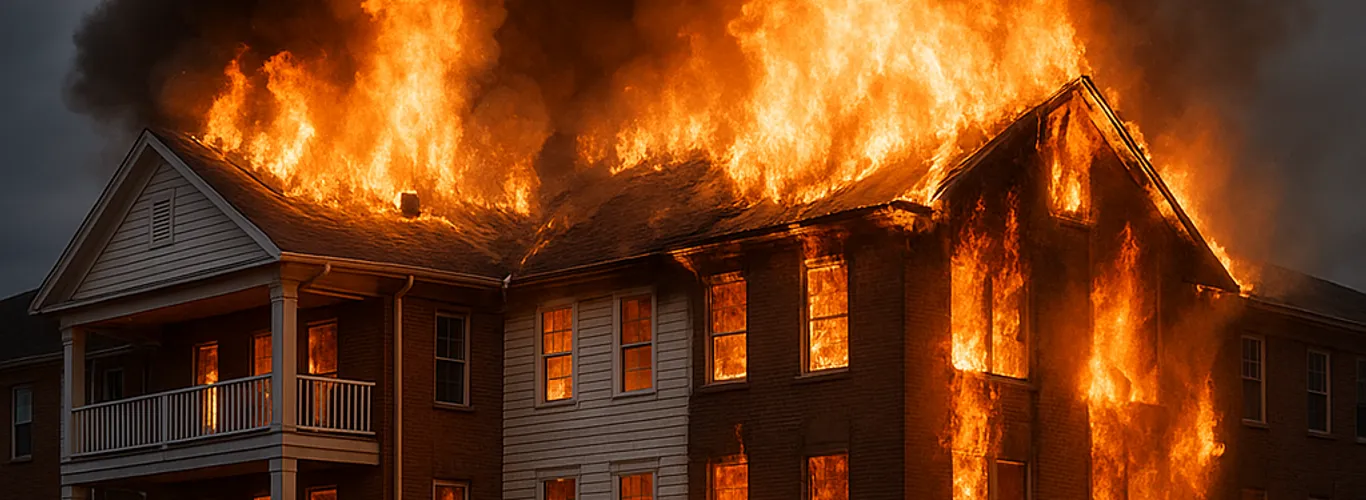
On the evening of July 14, 2025, a devastating fire broke out at the Gabriel House Assisted Living facility in Fall River, Massachusetts. The incident claimed nine lives and sent over 30 residents to hospitals, some in critical condition. With most of the facility’s population being elderly—many with mobility limitations—evacuations became a critical and difficult task under rapidly deteriorating conditions.
Emergency services responded swiftly. More than 50 firefighters, including 30 off-duty personnel, joined the rescue operation. Police and emergency medical services mobilized to assist residents, many of whom were unconscious or unable to walk. Despite the efforts, the scale and speed of the incident outpaced available resources.
What We Know So Far:
The fire was first reported shortly after 9:30 p.m.
Heavy smoke prevented safe evacuation from hallways, forcing many rescues to occur through windowsthe windows.
Two staff members were on duty at the time; investigations continue into facility staffing levels.
The cause of the fire is still under investigation but is currently not considered suspicious.
Massachusetts State Police and other agencies are involved in the ongoing inquiry
The Broader Implication:
Events like these are reminders that high-risk facilities—especially those serving immobile or vulnerable populations—require more than reactive plans. Fire response preparedness must account for worst-case scenarios and include:
Comprehensive evacuation planning
Simulated emergency drills
Onboarding and refresher training for all staff
Infrastructure evaluations including suppression systems and emergency exits
Why Simulated Preparedness Matters:
In facilities where every second counts, training must be fast, realistic, and adaptable. Traditional tabletop exercises and written protocols are essential, but insufficient on their own. 3D and Virtual training environments, like those enabled by STRX, allow staff to:
Practice evacuation protocols tailored to their actual facility layouts
Run through high-risk scenarios repeatedly
Build procedural confidence under stress
Improve reaction times and coordination
In a setting where staff turnover is common, and residents may change frequently, repeatable and accessible training is not a luxury—it’s a necessity.
Conclusion:
The Fall River tragedy underscores that emergencies can unfold at any time, and preparedness must go beyond compliance checklists. We need scalable, practical, and high-fidelity training environments that prepare teams for reality—without disrupting care.
For Full Article Visit: https://edition.cnn.com/2025/07/14/us/massachusetts-assisted-living-facility-fire